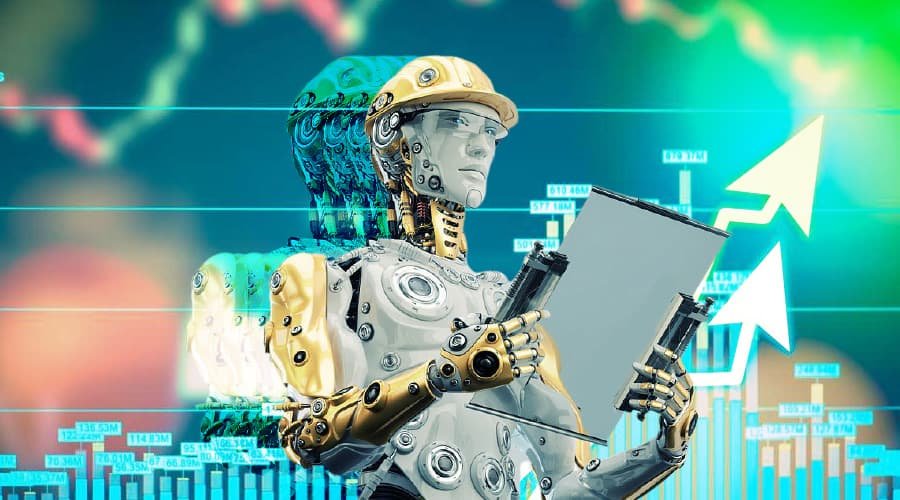Source – https://www.analyticsinsight.net/
Automation in artificial intelligence has an extensive effect on the economy.
Industrialists and giant companies all over the world are further adapting to the idea of automation in artificial intelligence. In India, technological progress, is the main driver of growth of GDP per capita, allowing output to increase faster than labor and capital. Technology increases productivity by decreasing the number of labor hours needed to create a unit of output. An increment in labor productivity generally translates into increases in average wages, allowing workers to cut back on work hours and to afford more goods and services. AI should be welcomed for its potential economic benefits. Those economic benefits, however, will not necessarily be evenly distributed across society.
At present, it may be challenging to predict exactly which jobs will be most immediately affected by AI-driven automation. Because AI is not a single technology, but rather a collection of technologies that are applied to specific tasks, the effects of AI will be felt unevenly throughout the economy. Some tasks will be more easily automated than others, and some jobs will be affected more than others—both negatively and positively. Some jobs may be automated away, while for others, AI-driven automation will make many workers more productive and increase demand for certain skills. Finally, new jobs are likely to be directly created in areas such as the development
and supervision of AI as well as indirectly created in a range of areas throughout the economy as higher incomes lead to expanded demand.
Recent research suggests that the effects of AI on the labor market in the near term will continue the trend that computerization and communication innovations have driven in recent decades. Researchers’ estimates on the scale of threatened jobs over the next decade or two range from 9 to 47 percent. For context, every 3 months about 6 percent of jobs in the economy are destroyed by shrinking or closing businesses, while a slightly larger percentage of jobs are added resulting in rising employment and a roughly constant unemployment rate. The economy has
repeatedly proven itself capable of handling this scale of change, although it would depend on how rapidly the changes happen and how concentrated the losses are in specific occupations that are hard to shift from.
Effect of AI Automation in Macroeconomy
Productivity
Technology increases productivity by decreasing the number of labor hours needed to create a unit of output. Labor productivity increases generally translate into increases in average wages, allowing workers to cut back on work hours and to afford more goods and services. Living standards and leisure hours could both increase, although
to the degree that inequality increases—as it has in recent decades—it offsets some of those gains.
Labor Market
Recent research suggests that the effects of AI on the labor market in the decade ahead will continue the trend toward skill-biased change that computerization and communication innovations have driven in recent decades. Researchers differ on the possible magnitude of this effect. Experts declare that 47 percent of U.S. jobs are at risk of being replaced by AI technologies and computerization in this period.
The Jobs Created by AI
Four categories of jobs are likely to rise during AI-driven growth in the future. Employment in areas where humans engage with existing AI technologies, develop new AI technologies, supervise AI technologies in practice, and facilitate societal shifts that accompany new AI technologies will likely grow.
Technological advancement is generated and adopted into the economy as the product of choices of entrepreneurs, workers, and firms looking to better serve a market or streamline a production process, in the context created by public investments in basic and applied research, infrastructure, and other public goods. In a process of directed technical change, incentives draw investment towards more potentially profitable innovations and so the types of technological change that are likely to occur.
